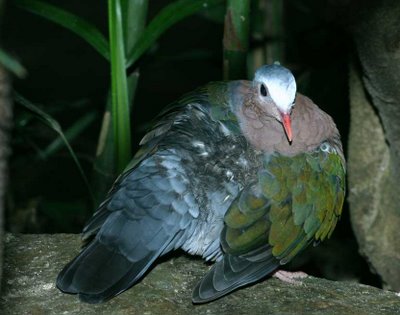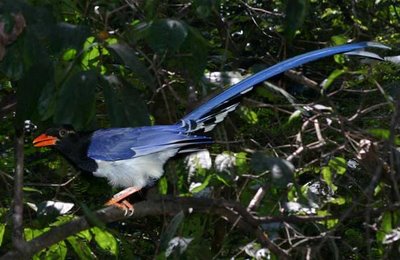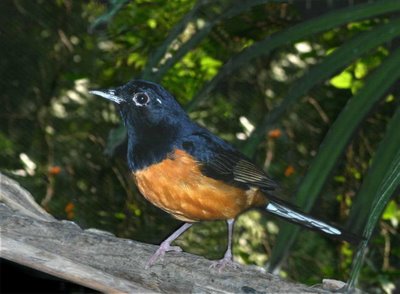SCARVES AND SWEATER WEATHER

Emerald Dove by John Moore
(November 24th HTT) There is a tree that I have been able to put a name to,albeit a Latin name, and that is the Pterocarpus macrocarpus. This tree has a thin round seed base with the seed stuck in the middle of it somewhat like an amoeba. The reason I mention this tree is because it seems to attract many different interesting species of birds around this time of year. Some of them are - the Yellow-vented Flowerpecker, Violet Cuckoo, Golden-fronted Leafbird and two White-eyes, the Japanese and the Chestnut-flanked and the Grey-headed Flycatcher.
Spotted a Black-headed Bulbul grey morph this morning. The book says they are rare but when a certain tree is fruiting (near the big Buddha at HTT) flocks of these birds appear and feed on them. At these times I have come across one or two grey morphs out of a flock of 12-15 birds. This morning another Fulvous-breasted Woodpecker seen digging out a nesting hole in a dead tree.
(November 25th Mae Hia) Temperature at 0640 11c. Interesting behaviour – A Plaintive Cuckoo and a Greater Coucal both seen with their backs to the sun and the back feathers raised to expose the dark underfeathers. This was early on a very cold morning and the dark feathers were obviously absorbing the heat of the sun. Another White-browed Piculet seen today in its usual bamboo habitat.
(November 27th KMP) Another bumper day today at Ka Mu Phuket, six new birds for the area bringing the figure to 177spp. Rufous-throated Partridge, Pale-legged Warbler, Blue Whistling Thrush (which I felt we had seen before), White-crested Laughingthrush, Chestnut-flanked White-eye and the special bird, the uncommon Black-headed Woodpecker. I have only ever seen this bird three times before and one of those times it was in a cage at the Rai Im-Aim resort near the Sukothai airport. It was here that I got an excellent recording of its maniacal, laughing call. The Laughingthrush was close to its upper-known limit of 1,200 metres. Also spotted two Emerald Doves after hearing their very low key call, a soft tuk-wooo, repeated every two or three seconds.
(November 29th Mae Hia) Just to prove my point I spotted another Black-headed Bulbul grey morph at Mae Hia this morning. I have put it down as a new bird for the area just to keep it separate from the more common one, now 198 species for MH.



